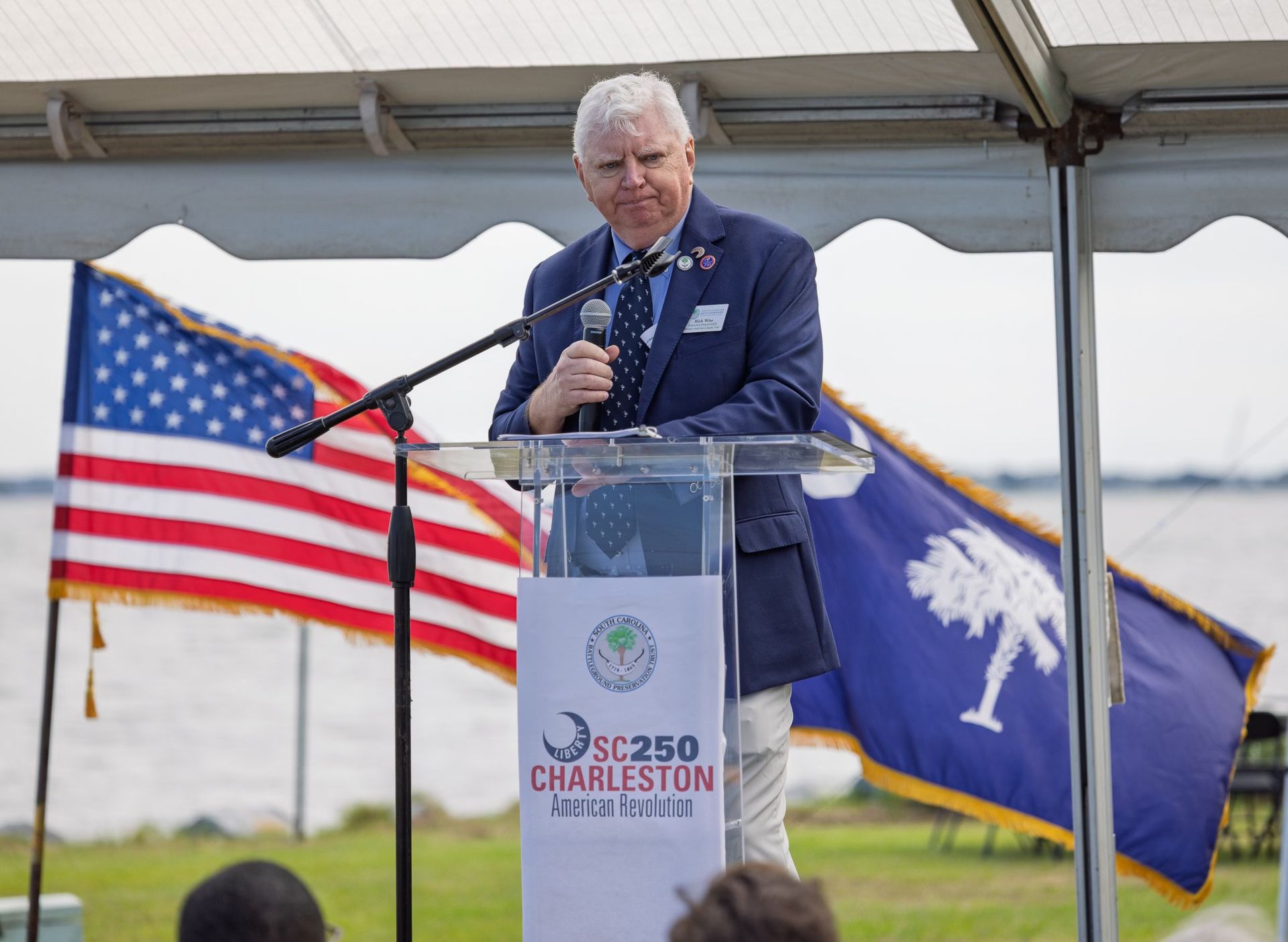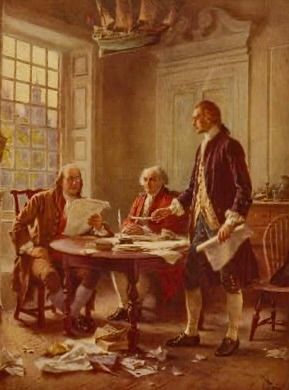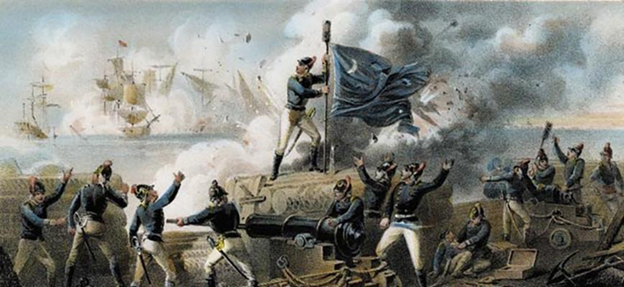Loss of A Leader, Patriot, and Legend
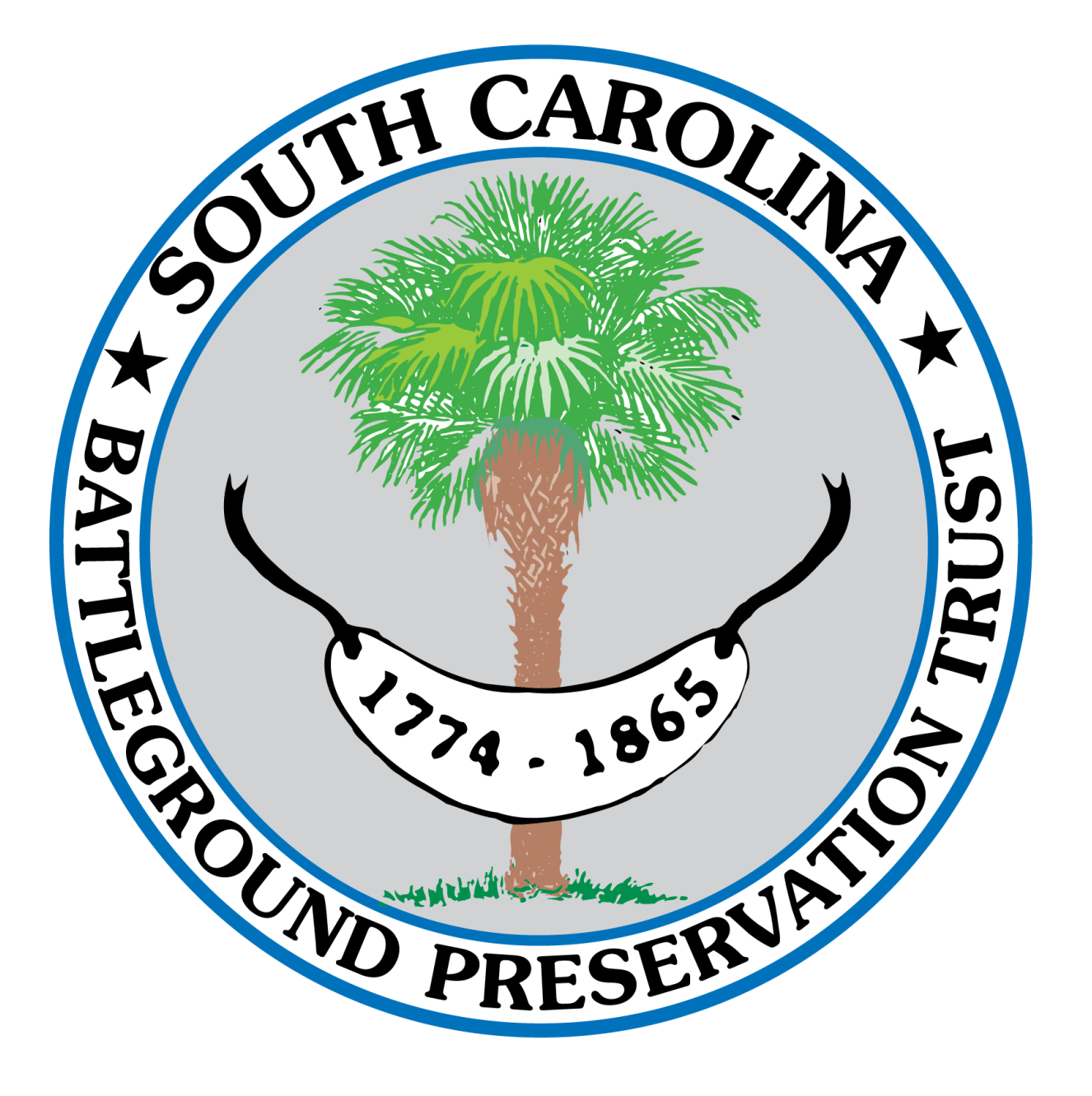
We mourn the passing of Historian Charles Baxley
from Rick Wise, Interim Executive Director / CEO, Military Historian
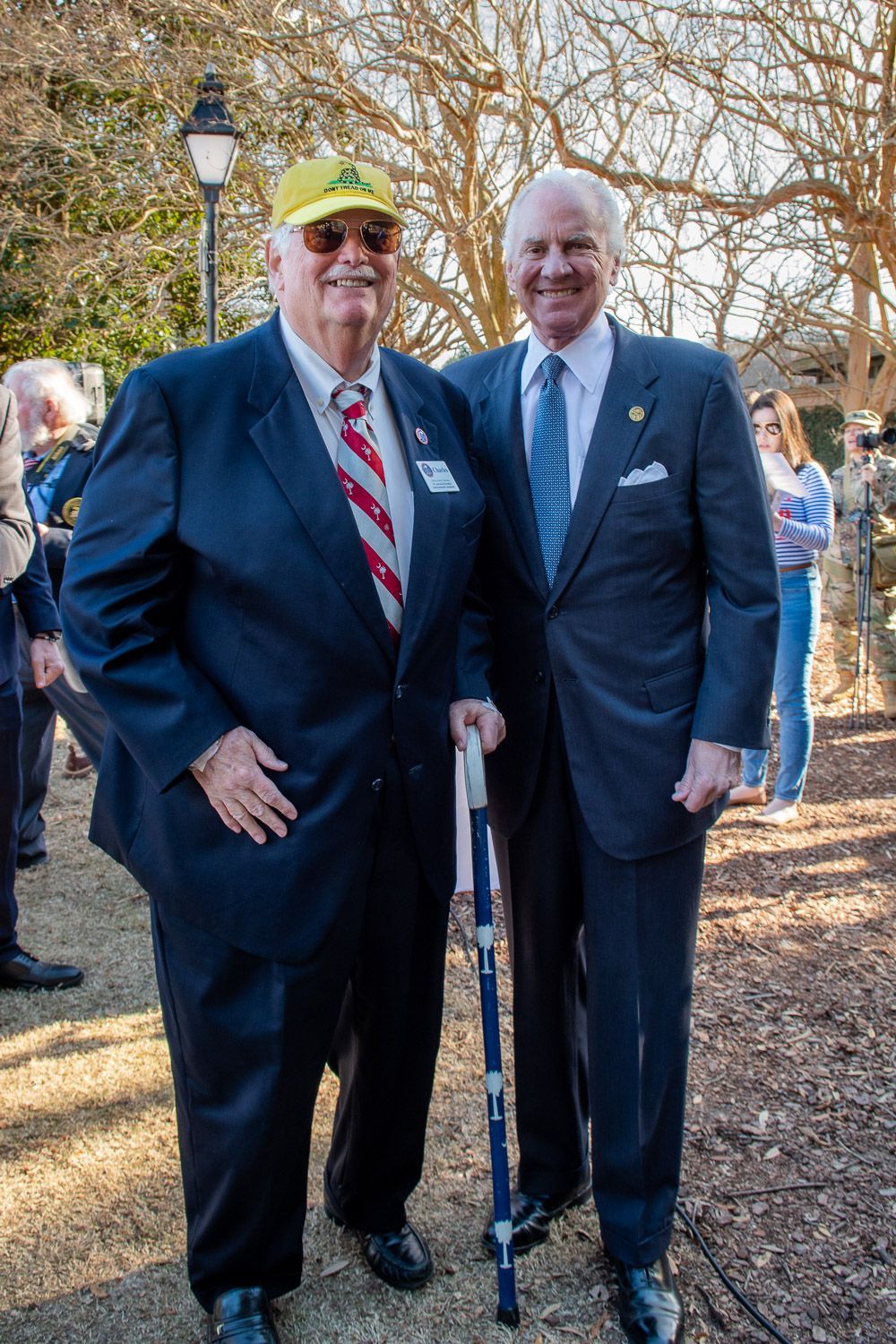
The Revolutionary War community in South Carolina sustained a major loss with the passing of Charles B. Baxley of Lugoff, SC on March 30, 2024. Charles was a legend through his steadfast efforts to research and tell the story of South Carolina’s role in the American Revolution, and to help others do so as well.
He was a noted attorney for forty-five years who worked with the educational efforts in his community and the Boy Scouts of America. He was a devoted family man. Charles was appointed by Governor Henry McMaster to be the Commissioner of the South Carolina 250th (Sestercentennial) Commission in 2018. That choice was as obvious in its logic as was the RW 1 license tag on his SUV. Charles was the man with the vision to bring those together to best tell the story of this state’s role to win independence to the people of South Carolina and worldwide, at the places where it all happened. His vision was not just the honoring of those who played such a vital part here from 1775-1782 on the 250th anniversary of those events, but to build a fifty-year infrastructure that will be here for future generations to use for their education and enjoyment.
He and David Reuwer had a vision of bringing people interested in the history of the Rev War together to research, share, learn, and tell the stories about the Southern Campaigns of the American Revolution (SCAR) (https://www.southern-campaigns.org/). Through active fellowship, research, and field trips, Charles led himself and others to discover those lost bits of history that we are now seeing presented across our state today. Doug Bostick played a key role in taking that knowledge to help these efforts that are now being developed into The Liberty Trail.
We are greatly saddened by the loss of such a great leader and Patriot. Our lives were enriched by his presence, and our history by his foresight and diligence. Charles, we will miss you, but will feel your presence on those battlefields and sites across South Carolina which will always bear your spirit.
HUZZAH!!
